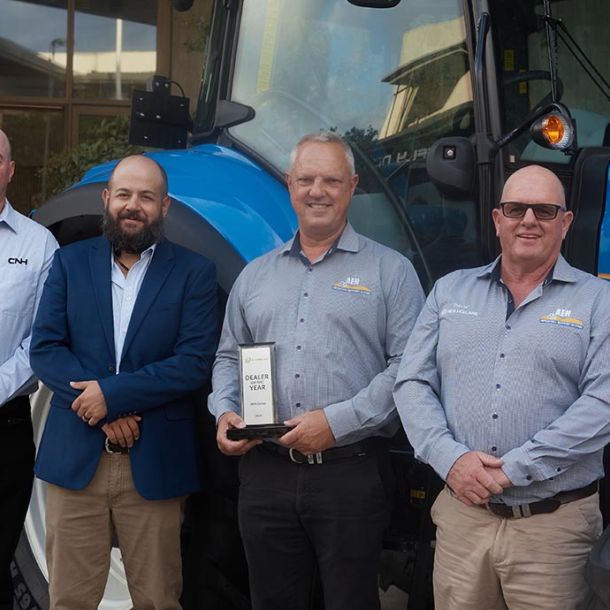3 Things You’ll Lose If You Don’t Manage Your Weeds NOW!
This year has been crippling. The drought has stressed farmers, crops, animals, feed supplies, rural communities and the entire agriculture industry in Australia. It’s been called the “worst drought in living memory[1]” by more than one media outlet, and there’s been little to disprove the idea. While farmers are dealing with the implications of the drought itself, they need to determine what these implications may be for their operations going forward. It’s important not to lose sight of the long-term impacts of this drought on your paddocks.
Weed Management in Drought
In addition to numerous aspects of agriculture stressed by drought, soil stress is a less noticeable but incredibly important issue. It’s also one farmers will do well to address as quickly and conscientiously as they do the other parts of their operation. This is because stressed soils are more susceptible to environmental damage and weed overgrowth. Neglecting these soils can lead to losses in three pivotal and long-lasting areas of crop production and weed management during drought: nitrogen, moisture and money.
Nitrogen
After a drought, the nitrogen content of soil can vary wildly, even within the paddock. Because of the variable moisture from the drought year, the uptake ability of crops can leave pockets of richer soil. At the same time, lack of downward water movement means any previously-applied additives can accumulate residually in the soil at higher levels than normal[2]. Conversely, areas with high weed growth during the drought can create nitrogen deficiencies along with high levels of weed seed banking within the soil.
Managing these variances can be tricky. A good rule of thumb when replanting or planning additives for soils following a drought is to thoroughly soil test throughout the paddock, as pockets of residual chemicals can exist. These pockets develop as a residual of the previous years’ crop and weed growth. A larger sampling of soils can help identify the areas with higher nitrogen concentrations or weed-depleted deficiencies. Minimising application in high concentration areas can help alleviate over-application, run off, and other issues, while heavier application in depleted areas can help rebalance the overall growing ability of the paddock.
Moisture
Water is Australia’s most precious resource – don’t waste it on weeds! Root zone soil moisture is deficient across the majority of Australia[3]. Deep-rooted vegetation, like trees, can access subsurface moisture down to about 6 meters. Crops don’t have that luxury, so doing everything possible to protect and maintain moisture at shallower levels will be imperative. Without accessible moisture reserves, crops are one ill-timed rainfall away from desiccation. Because of this, managing weed competition within the paddock is critical.
In addition to root zone inaccessibility, lack of moisture also impacts the action of some types of herbicides. Dry conditions can cause plants to build wax layers as a defense mechanism, making them less susceptible to herbicides. In this case, forgoing herbicide application or supplementing it with mechanical forms of weed control, like tillage, is an option. This helps manage weed seedbanks and keeps them from competing with crops for already scarce moisture resources.
Read More: BEST PRACTICES FOR MANAGING HERBICIDE-RESISTANT WEEDS
Money
Adequate management of these first steps makes a big difference in how much the third step – money – impacts your operation. Farmers are always looking for ways to cut operational costs, and especially during times of drought. Understanding the interplay between nitrogen, soil moisture, mechanical interventions, and cash outlay can help producers redeploy their financial resources, rather than looking for ways to cut them completely. With the steps listed above, producers can minimise the need to purchase chemical additives, instead relying on tillage equipment to manage weeds until your soil moisture levels return to a more normal state.








